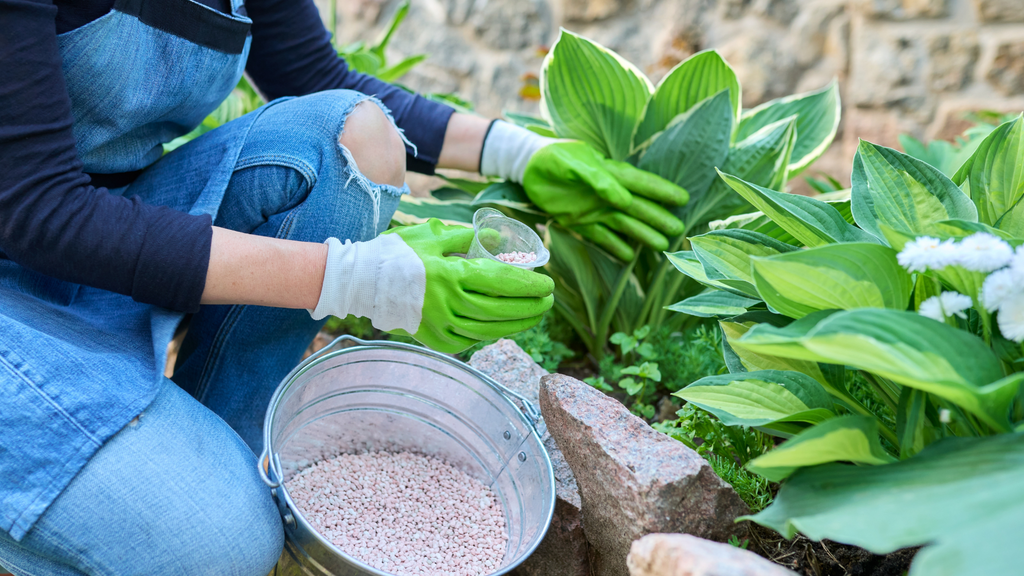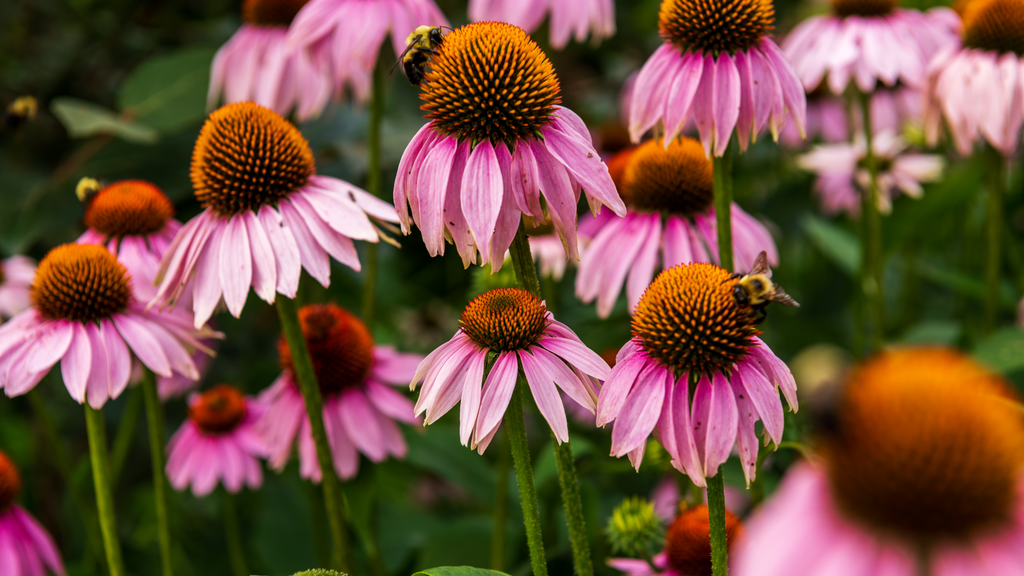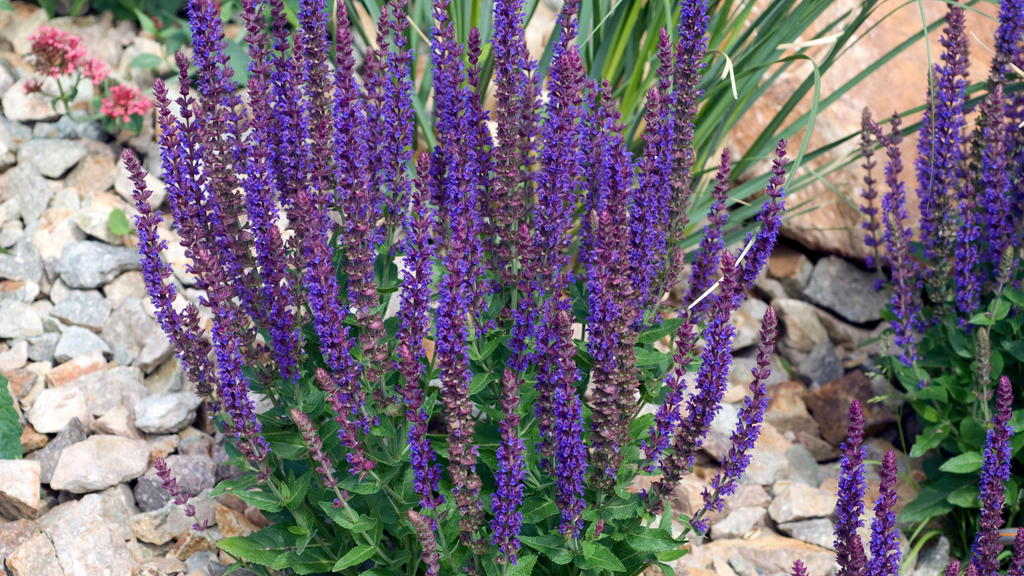Spring is a time for renewal and growth in your landscape, and giving your perennials some TLC this April is a surefire way to give your Bettendorf garden the boost it needs for a thriving growing season ahead. This week, we're digging deep into how you can get your perennial plants off to a good start this month in your garden beds, containers, and wherever else you plan to grow them!
Spring Garden Preparation Tips for the Quad Cities
Spring maintenance is crucial for your perennial gardens, as it ensures their health and vigor throughout the growing season. Taking care of a few simple maintenance tasks in the spring will quickly address winter damage, promote robust new growth, and enhance flowering potential. Here are a few quick garden chores you should check off your do-to list this April:

Remove Winter Debris and Prune Old Growth
Start your spring garden cleanup by clearing away any loose debris—such as leaves and dead foliage—to prevent the buildup of pests and diseases and reduce the risk of infestations. Additionally, prune away any dead foliage and stems to encourage healthy regrowth and promote overall plant health.
Divide Overcrowded Perennials
Spring is an ideal time to divide your garden's hostas, daylilies, and other overcrowded plants. Dividing these perennials improves airflow within your garden while also preventing your plants from competing for resources. It also revitalizes overcrowded clumps and promotes healthier growth and better flowering.
Assess and Amend Soil
Evaluate your garden beds' soil moisture and nutrient levels to ensure optimal growing conditions for your perennials. If necessary, amend your soil by adding compost or other organic matter. These amendments replenish nutrients, improve soil structure, and provide a fertile foundation for healthy plant growth all season long.
Inspect for Pests and Diseases
Thoroughly inspect your garden for signs of pests and diseases, as early detection and treatment are crucial for preventing them from spreading and damaging your plants. Keep an eye out for common pests like aphids, spider mites, powdery mildew, and other fungal infections.

Feed, and Water
When watering, tailor your practices to the soil type and weather patterns, and try to plant varieties with similar watering requirements together to prevent over or underwatering. You may also want to install an efficient irrigation system to maintain consistent moisture levels and prevent drought stress, especially during the hot summer months. We also recommend using a high-quality fertilizer to properly feed your perennials, which will promote robust growth and vibrant blooms.
Maintain Long-Term Health and Beauty
Regular maintenance—like deadheading spent blooms and controlling weeds—ensures your garden remains a beautiful oasis of color and texture throughout the seasons. We also recommend incorporating perennial gardening tips tailored to nearby areas like Moline to keep your garden thriving year-round and embracing sustainable practices like organic fertilizers and mulching to minimize your garden's overall environmental impact.

Planting Perennials in Bettendorf
April is the perfect time to introduce some new perennials to your garden. Try some of these perennial beauties, which also happen to be some of our favorites:
- Lavender: Known for its aromatic foliage and delicate purple blooms, lavender thrives in Bettendorf's climate. This versatile herb adds a touch of fragrance to your garden while also attracting beneficial pollinators like bees and butterflies.
- Coneflowers: These hardy perennials are a must-have in any Bettendorf garden. With their daisy-like blooms in shades of pink, purple, and white, coneflowers bring vibrant color and charm to your beds and borders. There are many species native to Iowa making them incredibly resilient and low maintenance for busy gardeners.
- Black-eyed Susans: With their cheerful yellow petals and dark centers, black-eyed Susans are a cheerful addition to any garden. These native wildflowers thrive in Bettendorf's climate and are known for their long-lasting blooms, attracting pollinators and adding a burst of color to your landscape.

- Salvia: Available in a variety of colors, including shades of blue, purple, and red, salvias are universally beloved for their striking spikes of flowers. These drought-tolerant perennials are perfect for Bettendorf's hot summers and require little water once established.
- Daylilies: These reliable perennials come in a wide range of colors and bloom shapes, adding a burst of color to your garden from spring through fall. Daylilies are low-maintenance and adaptable to various soil types, making them a popular choice for Bettendorf gardeners.
- Russian Sage: With its aromatic foliage and airy spikes of lavender-blue flowers, Russian sage adds texture and vertical interest to garden borders. This drought-tolerant perennial thrives in Bettendorf's sunny conditions and attracts pollinators like butterflies and bees.
By following these simple perennial gardening tips, you'll have years of flourishing flowers and gorgeous greens to fill every corner of your landscape. Still trying to figure out what perennials are right for your garden? No problem! We're always ready to help a growing green thumb with superior advice and top-quality products, so stop in and see us today!
Also, if you're looking for more fun flower activities, be sure to check out the Spring Flowers Cookie Class in East Moline or Paint Nite Riverside Sunflower Blooms, both happening at Jennie's Boxcar.
Happy planting, Bettendorf!


